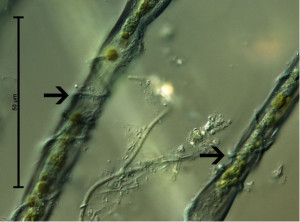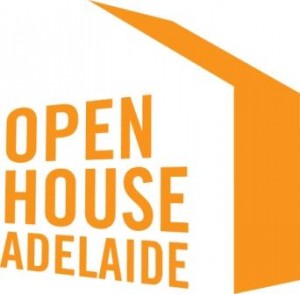
Pimelea husseyana was named after Jessie Hussey by Ferdinand von Mueller in 1894; it is now called Pimelea phylicoides. This specimen collected in 1897.
This week, Lisa Waters from the State Herbarium gave a presentation to a group of 50 primary school teachers about her research on the 19th century plant collector and amateur botanist Jessie Hussey. She was invited by Prof. Martin Westwell (Flinder Centre for Science Education in the 21st Century, Flinders University), who is currently Scientist in Residence at the Department for Education and Child Development (DECD), working with teachers on the science curriculum, with particular emphasis on the Science as a human endeavour strand.
Jessie Hussey lived from 1862–1899 in Port Elliot. Her passion for botany helped her to make a significant and pioneering contribution to the knowledge of South Australia’s terrestrial and marine flora during the 1890s. She became a respected collaborator of many leading national and international botanists and phycologists.
Lisa is researching the life and work of Jessie Hussey for over 5 years. In 2012 she travelled to Europe on a Churchill Fellowship, to visit herbaria in Sweden, Germany, Great Britain and Ireland, where specimens collected by Jessie Hussey are held, as well as many of the letters she wrote to overseas scientists.
“Jessie’s story, and Lisa’s own story of investigating Jessie’s life and work, provided us with inspiring examples of how science can really come alive and be much more meaningful when we hear the personal stories involved.“ — Prof. Martin Westwell






You must be logged in to post a comment.